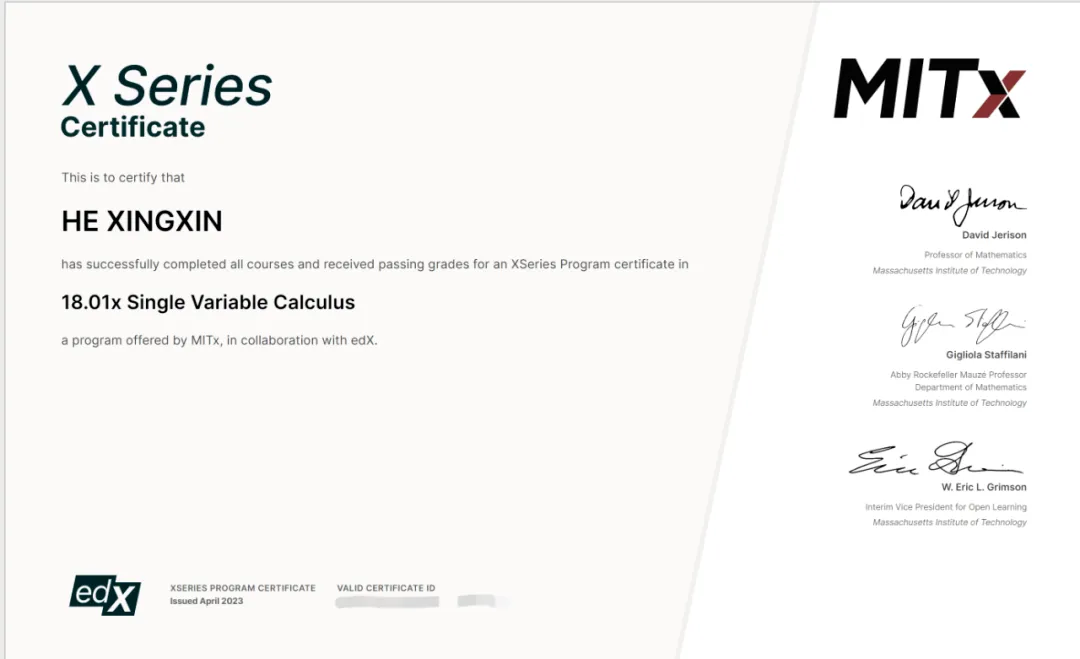
My friend Li Lei (pseudonym), a full-stack developer in Shanghai, did not major in computer science or mathematics for his undergraduate or master’s degrees. Over the past few years, he transitioned from a product manager to an engineer. Recently, Li Lei has become very interested in artificial intelligence, particularly captivated by the potential of deep learning and large language models like ChatGPT and generative AI.
Hearing that his friend Han Meimei (pseudonym) had secured a very lucrative salary in the field of deep learning, Li Lei decided to explore this area further. He began with Ian Goodfellow’s book, Deep Learning (Adaptive Computation and Machine Learning series), which he found relatively easy to understand in the initial chapters. However, he soon encountered unfamiliar mathematical concepts and terminology, and as he progressed through the book, the content became increasingly difficult to grasp.
Li Lei realized that understanding linear algebra was a prerequisite for learning deep learning, so he turned to Gilbert Strang’s well-known textbook, Linear Algebra for Everyone (The Gilbert Strang Series). Despite the 400-page book being written in a very accessible manner, it was filled with complex theorems about matrices and determinants, which quickly overwhelmed him. He found it hard to see the connection between these complex concepts and AI applications, and he soon lost interest in reading the textbook without a clear direction.
During a visit to a café on a street in Shanghai, Li Lei shared his frustration with me, expressing how his lack of a strong mathematical background made it difficult for him to understand deep learning models. He had sought out highly authoritative resources with noble intentions, but ultimately found himself in a frustrating and seemingly irrelevant reading marathon…
Wait a minute, I realized the clown was me; it turns out I am also Li Lei!

(© From the Internet)
It’s just that I encountered a bit of trouble in the field of geometric processing, so I enrolled in MIT Online courses for Calculus I: Single Variable Calculus and Multivariable Calculus… It took me half a year… And my progress in geometric processing has stalled… The project I started six months ago hasn’t seen a single line of new code…

(Single and multivariable calculus are definitely useful…)
While Li Lei did learn some things by reading textbooks after encountering problems, perhaps this was not the most efficient way to solve them. In complex fields like deep learning or geometric processing, theoretical knowledge from books alone is often insufficient to truly grasp the essence of the subject. Perhaps learning through practice-by experimenting hands-on and solving real-world problems-can lead to a deeper understanding and better application of these concepts. Could this “learning by doing” approach not only help us better understand abstract mathematical theories but also show us their practical applications in the real world?